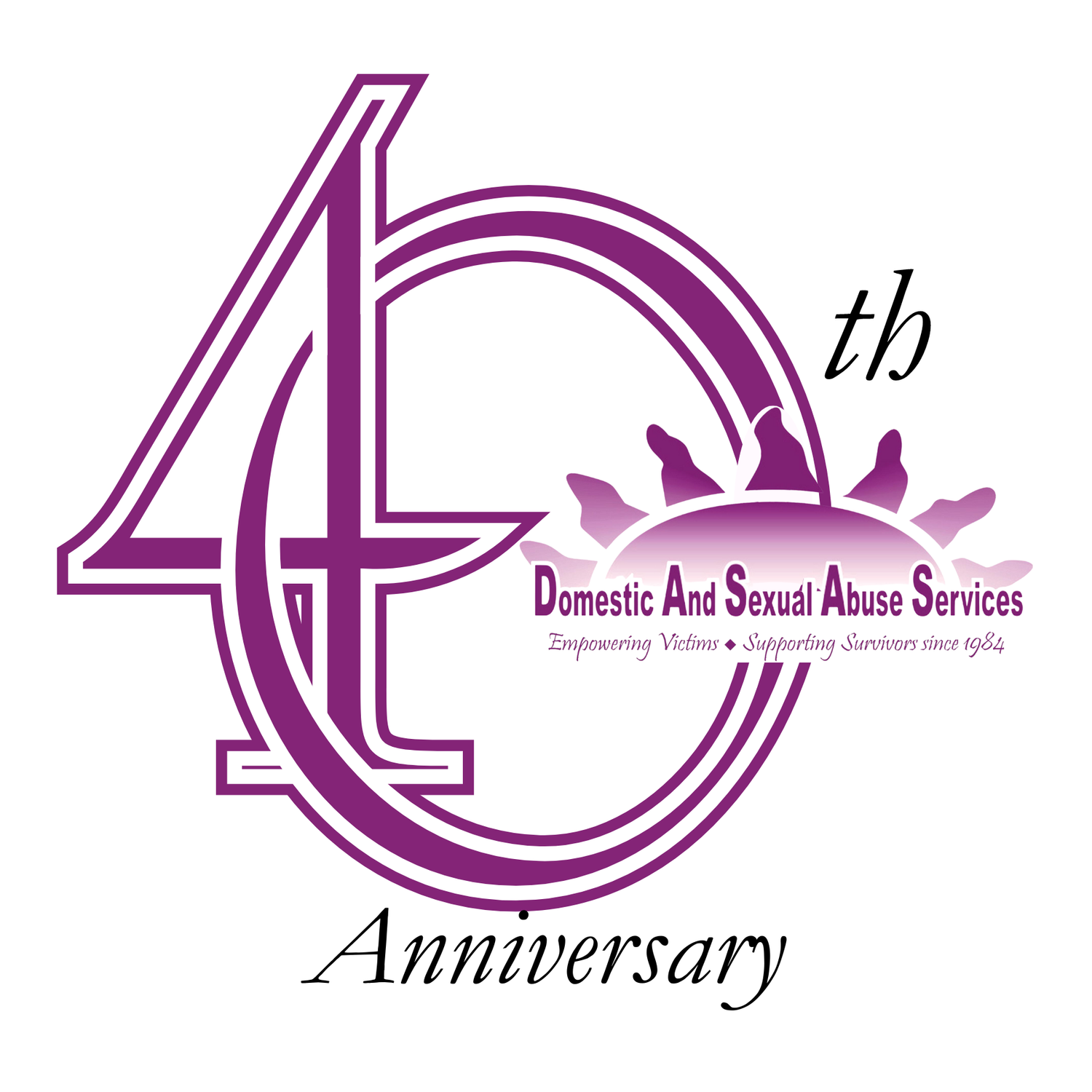Police Response to Domestic Abuse Situations
How Law Enforcement Responds to Domestic Violence Calls
Police Chief Steve Grinnewald of Dowagiac, Michigan joins guest host Deborah Hackworth to discuss law enforcement's response to domestic violence.
Steve is also a board member of Domestic and Sexual Abuse Services.
Domestic violence is the single largest category of police calls in many cities. When police officers respond, they know the situation can be volatile for both them and the abuser’s victim. That’s because the killer in almost one third of female homicides is an intimate partner, and 22 percent of officer "line of duty" deaths in recent years occurred while responding to domestic violence calls.
There's a connection between offenders who murder police officers and a record of domestic violence. They’re about power and control, and law enforcement officers represent the authority to take away their freedoms.
What Police Are Trained to Do
While policies differ from city to city, it can be helpful for survivors to understand the common threads for how police are trained to respond. The first concept is to treat domestic violence calls as a high priority or a life-threatening situation. Because of this perspective, and importantly for survivors to know, many departments will continue to respond even if the victim cancels the request.
Next is to approach carefully, meaning officers are trained to apply discretion when using emergency lights and sirens and to observe and listen before announcing their presence. This can improve everyone’s safety and also expose important evidence, such as an active confrontation.
Sending two officers is a best practice as well. On occasion, balancing the need to urgently respond and having two officers arriving on scene simultaneously can be a challenge, especially in areas where units are positioned far apart. Dispatching two officers can make quickly juggling a multitude of tasks more manageable, such as checking arrest warrants and prior history, and identifying and separating the victim and perpetrator.
Once on scene, keeping the abuser and victim out of sight and hearing of each other can increase the odds of each person speaking candidly without the influence of the other. It also helps officers determine if firearms are on the premises and to remove them; 79 percent of cases in a study of 358 police law enforcement agencies by the Police Executive Research Forum involved finding and confiscating firearms.
Collecting evidence is another priority. Many agencies require officers to take pictures of the victim’s injuries and the crime scene; interview and obtain written, audio or video statements from the parties, neighbors or witnesses; and create detailed occurrence reports whether or not an arrest is made. Nearly 9 in 10 agencies record incidents by location and 7 in 10 record them by individual to help officers of future investigations understand the history, according to the same study.
Conducting a risk assessment to determine the level of danger for the victim, and whether a safety plan should be encouraged, is required by 42 percent of agencies. Of course, if you’re experiencing violence, a safety plan is always something to consider developing, regardless. Some agencies train officers to provide victims with community resources and the protocol for some includes making follow up visits.
How a Survivor Can Help
The information that officers receive before they arrive on the scene helps them to be prepared. If it’s safe for you to do so, tell the dispatcher if the abuser has:
Past criminal record
History of restraining orders (active or expired)
Access to weapons
Made specific threats of violence (including suicide)
Been violent to you or your children in the past
Not all the guidelines apply universally, but it’s helpful to know generally what to expect from a call for help to the police, and what to expect from the police.
——————
If you need resources or help in any way, call our 24 hour hotline at 800-828-2023 or visit www.DASASMI.org.
Subscribe for a new episode each week. We publish every Wednesday morning at 8:00am. Subscribe to the weekly email newsletter here or at our website here.
We appreciate your help in spreading the message of hope. You can help us reach more listeners by leaving a written review on Apple Podcasts or where you listen, and by sharing on social media.
